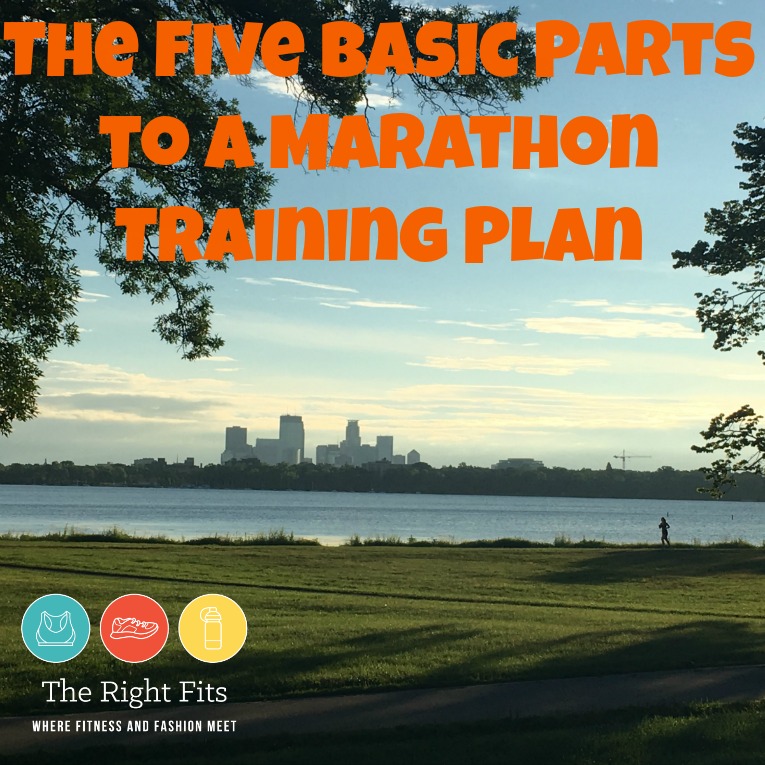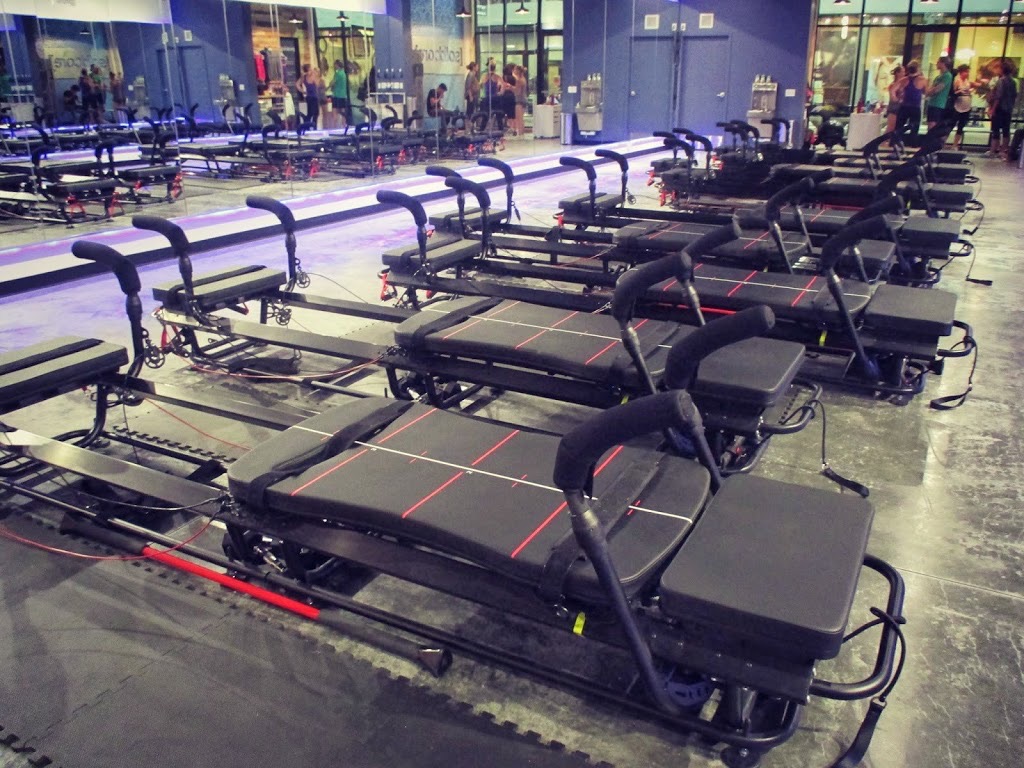 Friday Five is back today with the five basic parts to a marathon training plan!
Friday Five is back today with the five basic parts to a marathon training plan!
There are tons of great plans available online or maybe you’re thinking about using a running coach (me! me! me! ha!) but if you are designing your plan yourself, there are 5 basic things that you should include.
- Cornerstone Long Run
- Easy miles
- Speed
- Tempo
- Rest/Cross training
Let’s break it down!
Cornerstone Long Run:
In my opinion, the long run is the most important part of a marathon training plan.
In any given marathon plan, the long run will generally build up from a solid base of 10-12 miles to a long run of at least 20 miles.
Now, there is some debate out there as to whether you need a 20 miler in your plan, but I have always done one. I think they are valuable not only for the physical training but for mental training as well. They are an opportunity to test out your race day attire and your fueling strategy. They give you the confidence you need when you land at the starting line of your marathon!
In the past several years, I have gone up to 22 miles as my longest long run in a marathon training season. There are experienced marathoners in my club that peak at 25 miles as their longest long run, and I have even heard of people going over-distance (“OD!”) with 27 miles.
If you are a first time marathoner, I think that one 20 miler is sufficient. If this is your second or third marathon, you could bump that up to two 20 milers or maybe a 20 and a 22 miler. You’ll never want to increase your mileage by more than 10% in a given week so keep that in mind when building your long runs.
Easy Miles:
80% of your weekly milage should be easy or at a conversation pace. This means if your weekly mileage is 50 miles, 40 miles should be easy. And the easier the better, especially as you increase mileage. These runs are still very important to your marathon training. They increase the density of the mitochondria in your muscles, making you a stronger runner.
Speed:
Miles at ‘speed’ can mean a variety of things. This could be Yasso 800’s, or maybe just some fartleks in the middle of an easy run. You could add in some 200m sprints or mile repeats at 5k pace. You could incorporate 6x 1000m repeats with a 1 minute recovery in between. My coach mixes in all of these things throughout my training plan. Just because you’re not training for a 1 mile race or a 5k doesn’t mean that speed can’t help you- nope, it will help you train for a marathon too! Speed training will actually help to make you a stronger and more efficient marathoner.
My suggestion: Add in one day of speed per week. This could be done within in an 8 mile run: 2 miles to warm-up, 4 miles of “work” of whatever type, 2 miles to cool down.
Tempo:
I’m using the term tempo loosely here because again it could mean a variety of paces but generally a tempo is at a comfortably hard pace that you can maintain for an hour. I wrote this post ALL about tempos and it gives a lot of information about why they are valuable for a marathon training plan. My coach will have me do tempos from 3-4 miles up to 8 miles (but at a somewhat slower ‘tempo pace’ than a 3-4 mile tempo.) Tempo intervals are also very common: maybe 1200m repeats with just a short 1 minute recovery between five repeats or so.
Remember- comfortably hard. You’re working, but its sustainable.
Rest and/or Cross Training:
I merged these two together to keep this list at a perfect Friday Five, ha!
In my RRCA certification class, it was emphasized that cross training for running should actually ‘mimic’ running. You are trying to continue training for running with less impact. This type of cross training would include biking, pool running, and swimming.
Some people feel that cross training needs to engage the muscles you don’t use when running- i.e. something completely different than running.
Personally, I think a little bit of both is good! I like to incorporate some strength training, either in the form of a barre class or a pilates-type class at [solidcore] which would not be “running specific” cross training. I also love to swim and am trying to fit in spin classes more too.
But that’s what works for me and what I enjoy. Find a cross training activity that you love and that ideally complements your marathon training.

Just as important as cross training is REST. It’s sometimes hard to take rest days when you just LOVE to run, but every coach will tell you that rest days are important. You need to let your body recover and rebuild to perform even better at the next run!
Matilda knows the value of rest! Pictured with her friend Scarlet.
Do you have any questions about these five basic parts of a marathon plan?
Please email me at therightfits@gmail.com. I want to encourage you all to send me questions so I can answer them in future posts! Anything goes!



Matilda/Scarlet photo!!! LOVE!
Great post, Jessie! My husband is training for his first half marathon right now, and I think I’ll share this will him. He may find something useful!
That’s awesome Katie! If he has any questions, let me know!
[…] Plan: I recently shared this post about the five basic parts to any marathon plan. No matter where you find your plan (online, a […]